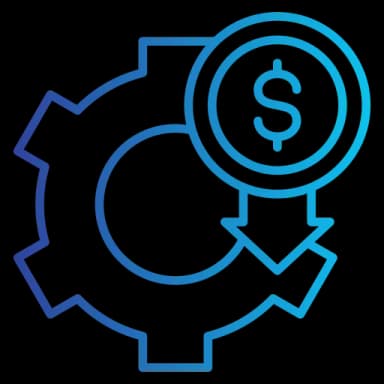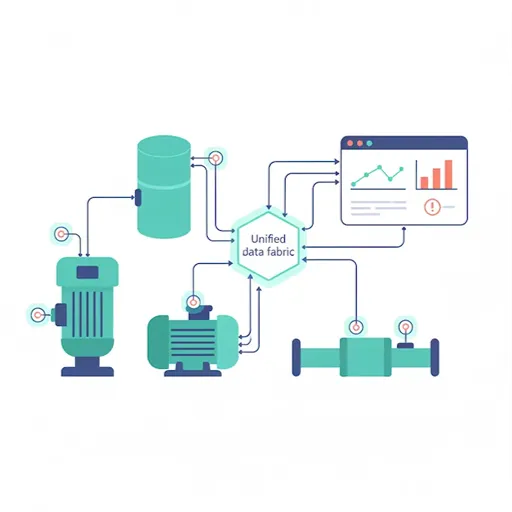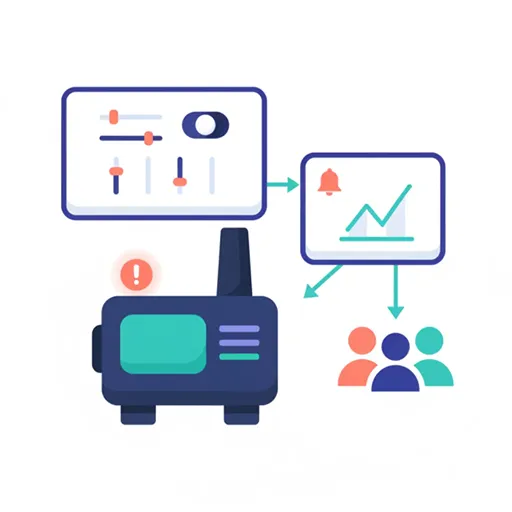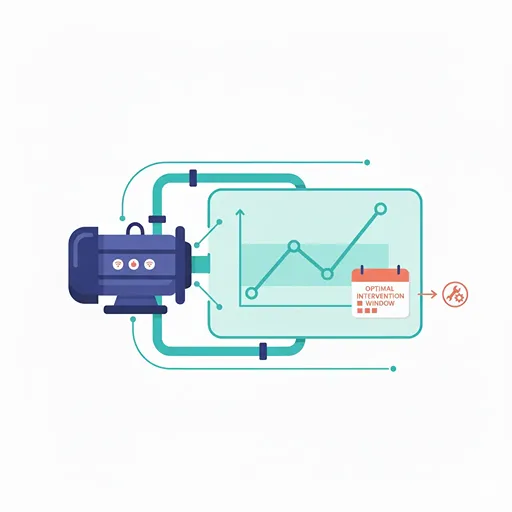AI Infrastructure Inspection for Safer, Faster, and Smarter Operations
With AI Infrastructure Inspection, your team gets quick and safe visibility in every part of your infrastructure. Our drones, rovers, and mobile tools capture exactly what is needed, allowing you to identify defects before they turn into downtime.


























